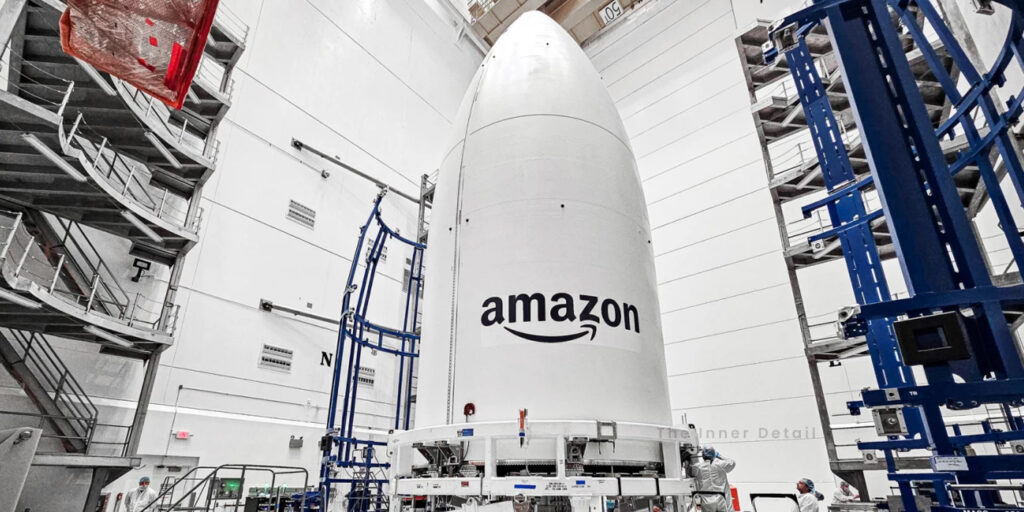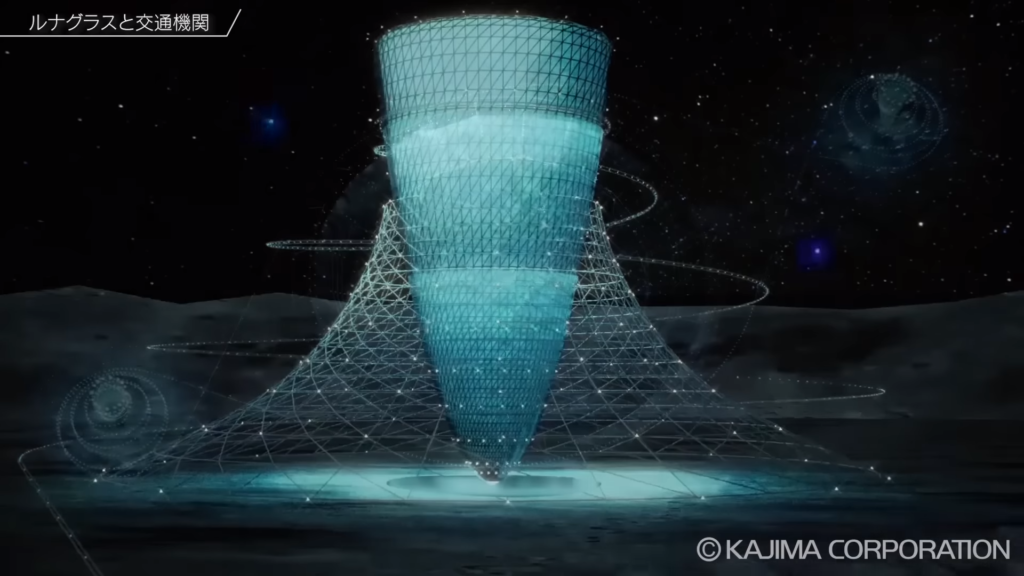Amazon prepares for satellite-internet market with its “Project Kuiper”, aiming to launch 3200 satellites in space, competing with Elon Musk’s Starlink.
As we evolve through technology, the cons of one tech or innovation are posed as for the emerge of another new tech, aiming to fill the gap. The same is happening with global internet network, where the weaknesses of cellular network, majorly coverage, is met by introduction of satellite internet. In fact, satellite internet is not new to the world, since the first satellite-based broadband network was introduced in 1996 by Hughes Communications.
And the term got popular after Starlink’s presence and companies like Amazon, OneWeb have started to enter into the market.
Project Kuiper – Amazon
Jeff Bezos aspires about space tech, his Blue Origin venture and this Project Kuiper explains so. While Blue Origin indulges in aerospace manufacturing, launch service provider and space-tourism, Project Kuiper aims to put satellites into earth’s orbit for internet.
To make available internet worldwide, especially to regions where it’s currently lacking it, such as rural and remote areas, Amazon initialized Project Kuiper. Also, connecting these areas with cellular network is either costly or logistically challenging.
Project Kuiper will be placing swarm of thousands of small satellites or constellations, 3,200 to be precise, into low earth orbit (LEO) over the next six years. Starlink has a pool of 4,200 satellites and OneWeb has 632 satellites currently in orbit, for comparison.
The entire Kuiper system includes three key elements: (1) advanced LEO broadband satellite; (2) small, affordable customer terminals; and (3) a secure, resilient ground-based communications network.
Amazon began research and development of this Project Kuiper in 2018. The first set of satellites of this Kuiper system will be launched in the first half of 2024, for which Amazon launched two prototype satellites recently.
Protoflight mission
Amazon has recently launched its two prototype satellites – KuiperSat-1 and KuiperSat-2 on 6th October, 2023 at 500 km altitude. The United Launch Alliance’s (ULA) Atlas V rocket lifted off these satellites from Space Launch Complex 41 at Cape Canaveral Space Force Station in Florida.

“This is Amazon’s first time putting satellites into space, and we’re going to learn an incredible amount regardless of how the mission unfolds,” said Rajeev Badyal, Project Kuiper’s Vice President of technology in a press release.
The demo satellites and the protoflight mission will test the functionality of the three key elements of Kuiper system (mentioned above). After being seated in the orbit, the satellites will unfurl their solar arrays to generate power and confirm the nominal operation of onboard electronics within acceptable power and temperature ranges.
Gateway antennas positioned around the world will track and communicate the satellites and also connect the Kuiper system to the internet. At the end of the mission, the satellites will be deorbited actively, instead of letting them burn up in earth’s atmosphere – just to avoid space junk issue.
As satellite-based communication is already a feature in smartphones, companies may attempt to grab that business, as how Google strives to hold its position of default search engine in both android and iOS. Companies like Vodafone and its African branch, Vodacom, and US’ Verizon have already partnered with Amazon to use Project Kuiper to expand their 4G/5G networks.
(For more such interesting informational, technology and innovation stuffs, keep reading The Inner Detail).
Kindly add ‘The Inner Detail’ to your Google News Feed by following us!







